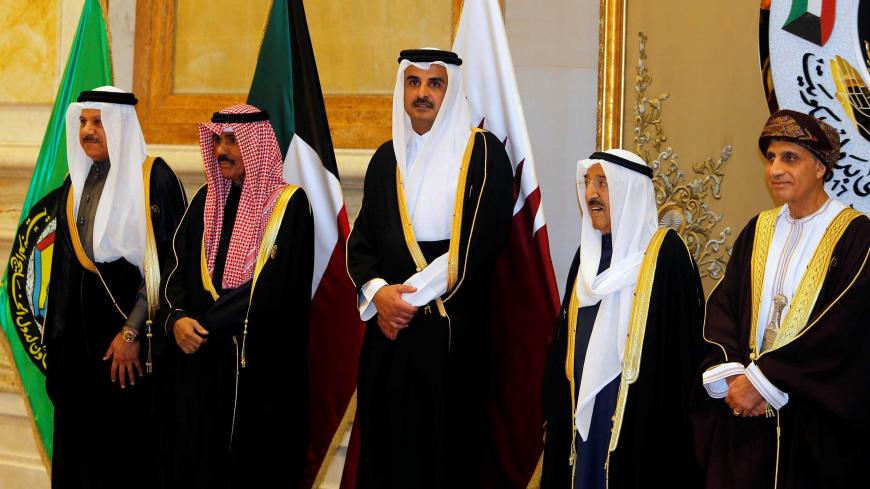Why did Oman join Saudi Arabia’s anti-terrorism alliance?
Oman joins the 40-member Islamic Military Alliance to Fight Terrorism, yet still strikes a balance while refusing to distance itself from Iran in order to please Saudi Arabia.

Last year was not altogether kind to the Kingdom of Saudi Arabia. Financial hardships amid an era of cheap oil, Islamic State (IS) attacks on Saudi Arabian soil, a costly quagmire in Yemen and setbacks in Syria have all weakened the kingdom’s position in the region. Despite these challenges, Saudi Arabia has managed to establish a network of Sunni states within the framework of the Islamic Military Alliance to Fight Terrorism (IMAFT). Although the US-backed anti-terror coalition’s purpose is to crush IS, al-Qaeda and other extremists, the notable absence of Iran and Iraq from IMAFT illustrates the members’ geosectarian alignment with Riyadh’s anti-Iran posturing.
Last month, the kingdom scored another victory by bringing in a new member: Oman. For the sultanate, which has traditionally distanced itself from Riyadh’s efforts to isolate Tehran, joining IMAFT raises important questions about Muscat’s foreign policy agenda as Arab Gulf-Iranian tensions escalate. Saudi voices were quick to hail Oman’s decision to become the Saudi-led alliance’s 41st member as a sign of strong Gulf Cooperation Council (GCC) strength and "a new chapter in regional and Muslim unity."
Subscribe for unlimited access
All news, events, memos, reports, and analysis, and access all 10 of our newsletters. Learn more
Continue reading this article for free
Access 1 free article per month when you sign up. Learn more.
By signing up, you agree to Al-Monitor’s Terms and Conditions and Privacy Policy. Already have an account? Log in





